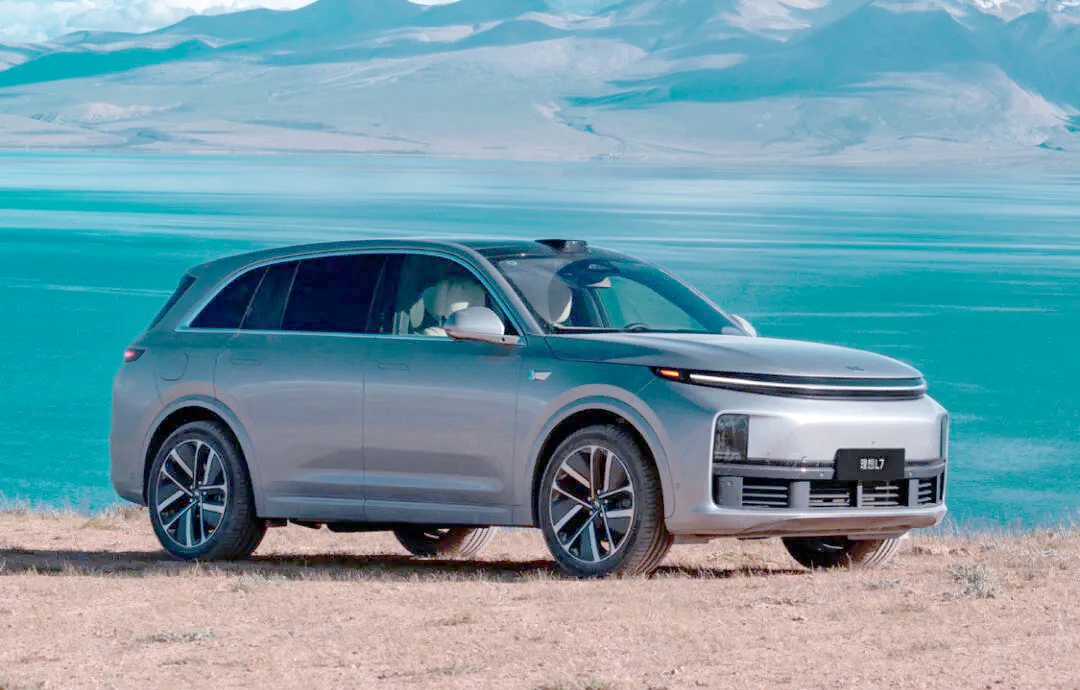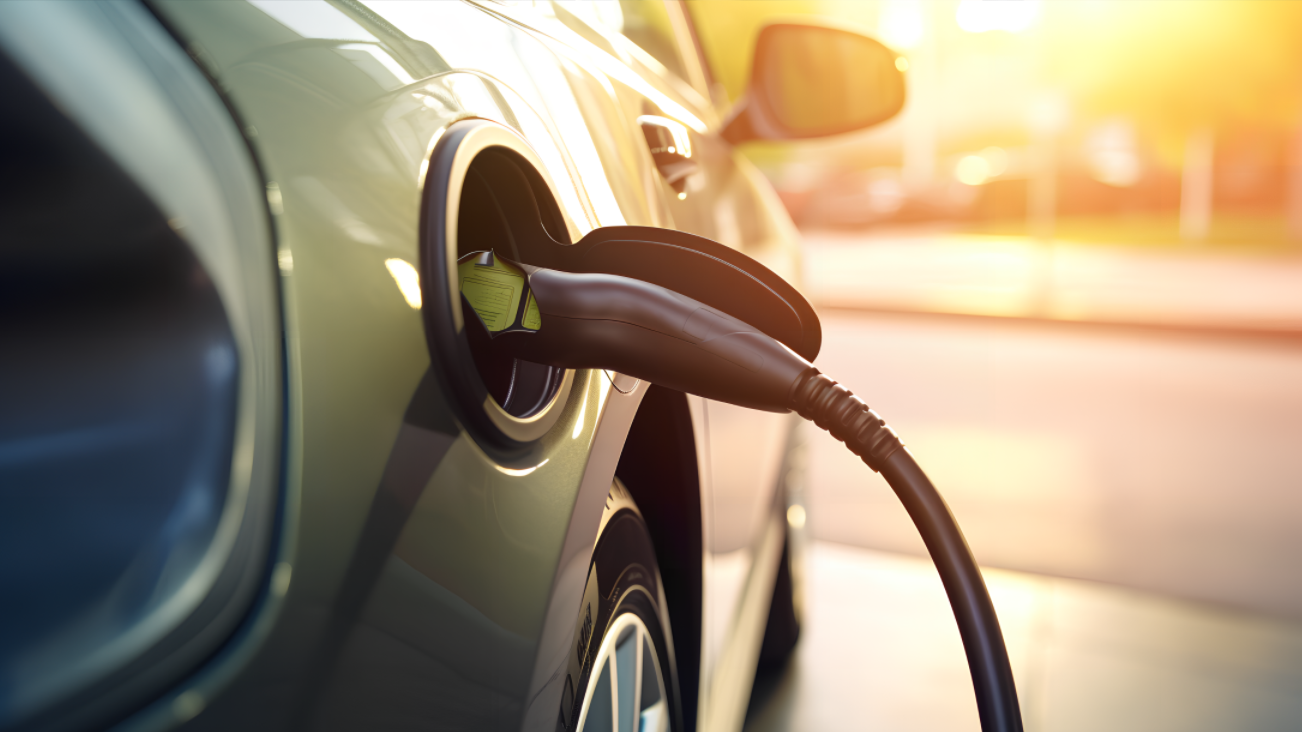
H1 2025 NEV sales grew amid nuanced changes. CAAM reports China’s auto production/sales exceeded 15 million units for the first time, with NEV production/sales at 6.968 million and 6.937 million (+41.4%/+40.3% YoY), claiming 44.3% of new vehicle sales.
Beneath overall growth lies significant divergence: BEV growth outpaces PHEVs, while EREVs face structural challenges. Purchase drivers shifted from "policy-led" to "value-sensitive," prioritizing smart features, practicality, and cost control.
Powertrain paths are diverging, as pure electric vehicles overtake hybrids under pressure.
Once uniformly soaring, the NEV market now sees diverging growth—some segments are decelerating.
BEV sales surged 46.2% YoY to 4.415 million in H1 (vs. +24.9% in 2023, +15.5% in 2024). Battery innovations drive momentum: LFP’s cost/safety advantages pushed its share to 81.4%, overshadowing NCM. Extended ranges further boosted consumer acceptance.
Mainstream BEVs (400V architecture, 65–85kWh batteries) typically achieve 450–550km ranges, with premium models exceeding 700km. Expanding charging infrastructure—more public chargers and faster tech—eases range anxiety, underpinning steady growth.
CAAM data shows H1 PHEV sales reached 2.521 million (+31.1% YoY), down sharply from 2021–2024 growth rates (140%, 151.6%, 84.7%, 84.5%).
Domestically, BYD dominates PHEVs. The Qin L DM-i (5th-gen DM tech) leads sales by balancing performance and efficiency for families. Stephen Lin, Associate Director at S&P Global Mobility China Light Vehicle Sales Forecast, projects PHEV share to dip below 2024 levels, with slowing growth over 2–3 years. Industry inventory hit ~1.04 million units in June, triggering deep destocking among leaders.
The industry expects post-2026 purchase tax exemptions to exclude PHEVs with <80–100km EV ranges, pressuring low-range models.
EREV growth trailed all powertrains (538,000 H1 sales). Li Auto deliveries rose 7.9% YoY to 203,938 units but fell 24% YoY in June. Key issues include redundancy and oversupply: 70% of EREV users drive >80% electrically, rendering range extenders (<15% utilization) cost-ineffective. With 50+ EREV models available and 24 new launches in 2025, average monthly sales per model are <1,000—reflecting "supply euphoria vs. demand caution."


EREVs address charging infrastructure gaps but face headwinds: laggard PHEVs (e.g., single-speed DHT, <100km EV range) suffer from "subsidy phase-outs + demand contraction." Industry analysts suggest the purchase tax exemption threshold may rise to 150km EV range, culling low-end models. Meanwhile, BEVs now dip below ¥100k, while EREVs’ combustion systems prevent cost parity, eroding their value edge.
Decision logic shifts from range anxiety to shared value.
NEV purchase logic has fundamentally shifted. Early adopters were driven by subsidies/licensing perks, with BEVs favored for "zero-emission" appeal and simplicity. As markets matured and consumer awareness deepened, decision factors diversified.
Range anxiety, charging accessibility, and overall performance now critically influence decisions, highlighting the appeal of hybrids (PHEVs/EREVs). Buyers prioritize convenient, efficient mobility across scenarios over pure electrification.

According to the 2025 NEV Consumer Trend Report, safety (85.67%), price (71.59%), and operating costs (68.85%) top purchase considerations; smart features fell to 48.6%. Regulatory shifts align: MIIT may mandate physical overrides for flush door handles, forcing automakers to balance aesthetics and safety. Market impacts are clear—¥100k-150k BEVs surged 61% in lower-tier cities, with buyers aged 25–35 exceeding 50%.
"Value-for-intelligence" supersedes "feature overload," boosting willingness to pay for practicality. XPeng’s XNGP urban ADAS achieved 85% monthly active usage; consumers now accept a ¥3,700 premium for L2+ autonomy (+50% YoY). Demand grew pragmatic: safety features (AEB, sentry mode) became essential, while "gimmicky" options (AR-HUD, gesture control) marginalized. Despite hardware competition (Huawei ADS 4.0, Tesla FSD), users ultimately pay for "pain-point-solving" tech.
Deepening demand stratification drives product refinement. Women’s purchasing influence rose to 48%, with priorities shifting from aesthetics to safety and convenience (auto-parking and blind-spot monitoring adoption >70%). Family users fueled the six-seat BEV SUV boom—mid-to-large NEV SUVs accounted for >65% of H1 2025 sales, with six-seaters contributing 70%. Families with multiple children emerged as core buyers, igniting a "space race."
H1 2025 NEV market data reveals an accelerating industry divergence: growth rates for certain models slowed, while BEVs, PHEVs, and EREVs exhibited distinct growth trajectories based on their respective technologies, markets, and user needs. Consumer decisions increasingly prioritize safety and multi-scenario usability. Additionally, PHEVs’ overseas performance merits attention. Cui Dongshu, Secretary-General of the China Passenger Car Association (CPCA) Market Research Committee, notes that the global auto market is undergoing an "electrification reshuffle." Chinese PHEVs, leveraging "technological leadership + cost advantages," are rapidly capturing overseas markets. For example, policy adjustments in countries like Germany now include PHEVs in "eco-friendly vehicle" subsidy programs, opening doors to premium markets.
For automakers, the key to standing out amid fierce competition in the new energy vehicle (NEV) sector lies in: precisely identifying segment-specific demands, enhancing BEV range and charging experiences, optimizing PHEV performance while reducing costs, strengthening the unique advantages of extended-range EVs (EREVs), and actively adapting to shifting consumer preferences to develop products aligned with diverse needs.

 Room 1104,Block B,JingBan Building,6 Middle Beisanhuan Road,Xicheng District,Beijing
Room 1104,Block B,JingBan Building,6 Middle Beisanhuan Road,Xicheng District,Beijing
 (8610)62383600
(8610)62383600
 quanqixiang@carresearch.cn
quanqixiang@carresearch.cn
 京公网安备:11010202007638号|京ICP备17032593号-2|Report illegal and bad information:010-65993545-8019 jubao@carresearch.com
京公网安备:11010202007638号|京ICP备17032593号-2|Report illegal and bad information:010-65993545-8019 jubao@carresearch.com
Legal support:Beijing Yingke Law Firm|All rights reserved, DO NOT reproduce without permission